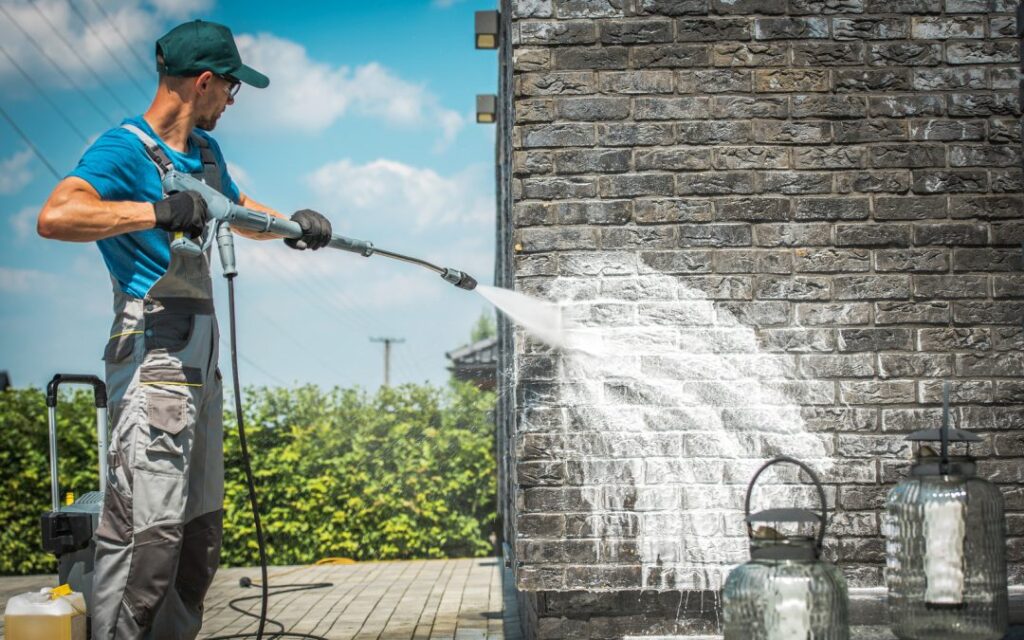Softwashing vs. Pressure Washing: Which Method is Right for You?


When it comes to cleaning exterior surfaces in Brisbane, South Brisbane & Gold Coast, homeowners and businesses often face a choice between softwashing and pressure washing. Both techniques are effective, but they serve different purposes and are suited for various types of surfaces. Understanding the differences can help you choose the best method for your needs.
Pressure washing, also known as power washing, uses a high-pressure stream of water to remove dirt, grime, mold, and other contaminants from surfaces. The water is expelled through a nozzle at high speeds, which can reach up to 4,000 psi (pounds per square inch). This method is commonly used for:
Pros of Pressure Washing:
Cons of Pressure Washing:
Softwashing is a cleaning method that uses low-pressure water combined with special cleaning solutions to remove dirt, algae, moss, and other contaminants. The pressure used in softwashing is usually between 100-500 psi, which is much gentler compared to pressure washing. This technique is ideal for:
Pros of Softwashing:
Cons of Softwashing:
Pressure Washing:
Softwashing:
Both softwashing and pressure washing have their place in exterior cleaning, and the best choice depends on the surface you’re cleaning and the results you want to achieve. Pressure washing is your go-to for heavy-duty jobs and hard surfaces, while softwashing is better suited for delicate materials and long-term cleanliness.
By understanding the differences and applications of each method, you can make an informed decision and ensure your property is cleaned effectively and safely.
Introduction: Your home is likely your biggest investment, and maintaining its exterior is just as important as the interior. Over time, dirt, […]
Introduction: When it comes to home maintenance, the roof is often overlooked. However, your roof is one of the most vital components […]
Introduction: Concrete surfaces, whether it’s your driveway, patio, or walkways, take a beating from daily use and exposure to the elements. Over […]